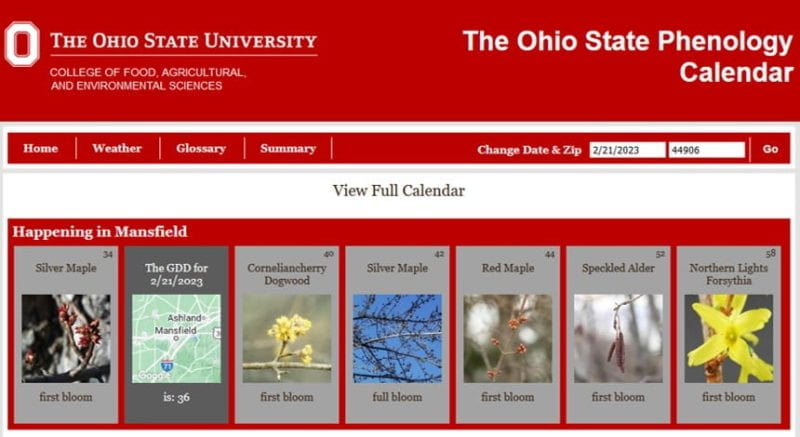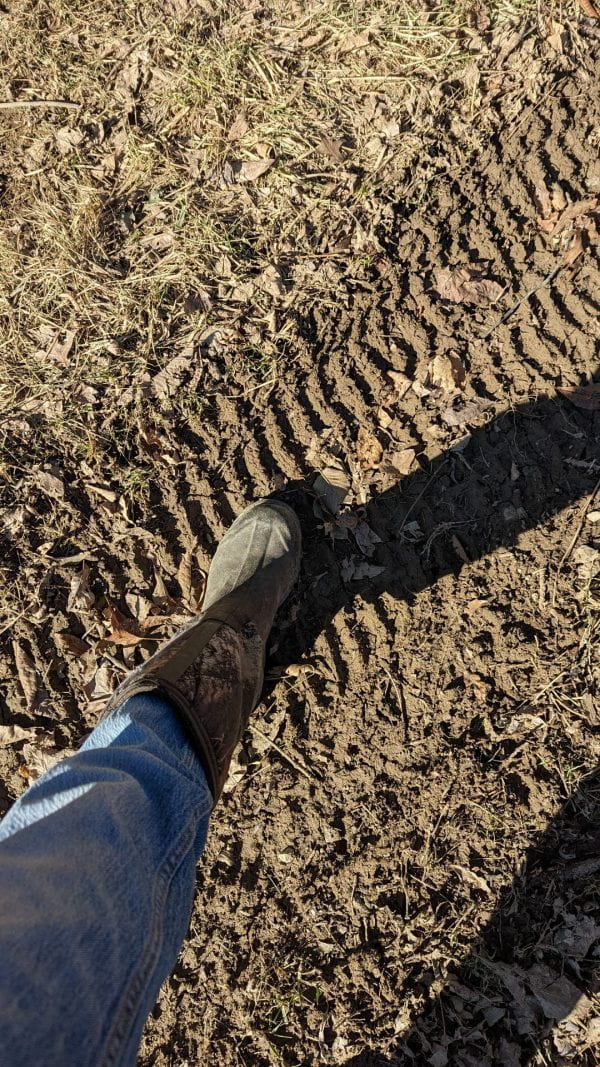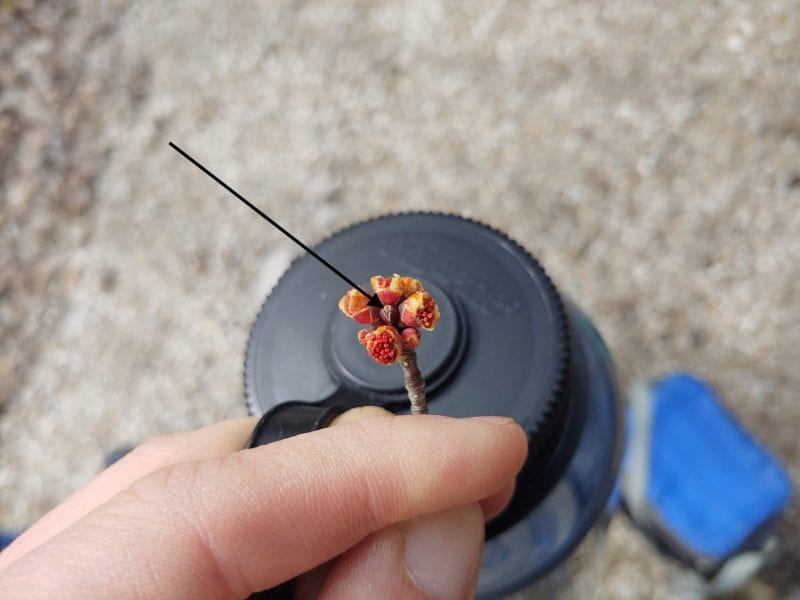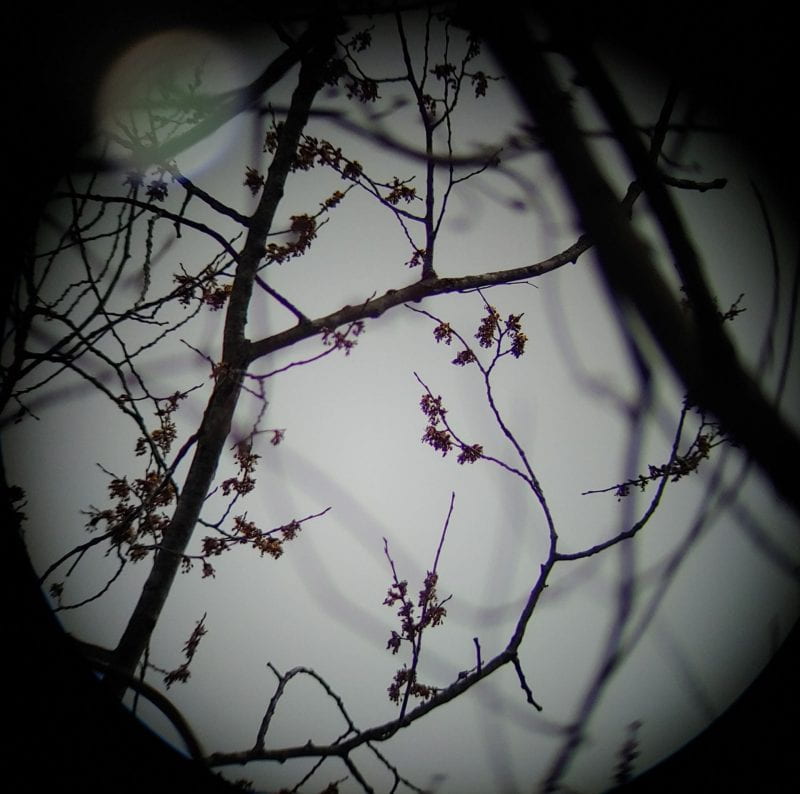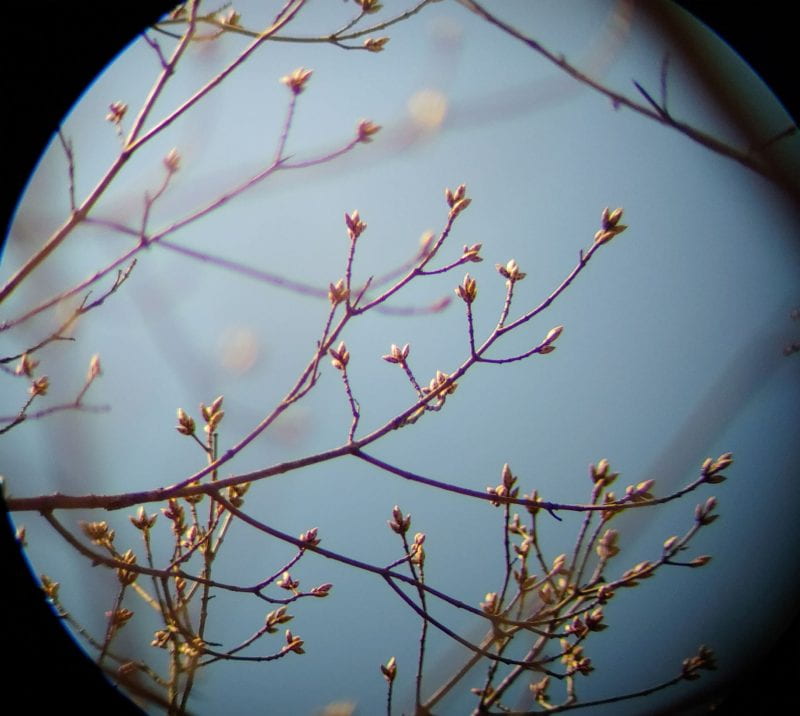A special thanks to Denise Ellsworth from OSU’s Department of Entomology for contributing her phenology expertise that makes this article possible!
Phenology, sometimes referred to as the world’s oldest science, is the study of recurring biological events and their relationship to weather and climate. Examples of phenological events include bird migration, flowering of plants, and the seasonal appearance of insects. Because the growth and development of plants depend on temperatures, phenological events of plants, such as bud swelling or flowering time, may be useful for monitoring short-term weather patterns. Likewise, scientists can detect long-term changes due to climate change by tracking the pattern of phenological events over many years.

Insects emerge earlier in warmer years than in cooler years, and plants bloom earlier too. The critical assumption in the use of plant phenology to predict other biological events is that the phenological sequence (the order in which events occur) remains constant from year to year even when weather patterns differ greatly. It is no mystery, even to a novice sugar maker, why plant phenology matters in maple. The quality of maple syrup is at stake! Once the phenological calendar for a sequence is established, the biological calendar is easily monitored to anticipate when maple syrup quality drops. If phenology can be grasped, this can greatly simplify the logistics of planning and scheduling monitoring programs, post-season clean-up and sanitization, and other critical activities. And using phenological sequence is valuable to a whole host of applications beyond just maple—beekeepers, naturalists, and gardeners also use the predictable patterns of nature to predict plant bloom and other biological activity.
On The Ohio State University Phenology Calendar website, degree-day data and related plant bloom and pest emergence sequences are accessible for any location in Ohio. A degree-day is a measure of the amount of heat that accumulates above a specified base temperature during a 24-hour period. A degree-day is also referred to as a growing degree-day (GDD), heat unit, or thermal unit. One GDD accumulates for each degree the average temperature remains above a specified base-temperature over those 24 hours. Several degree-days can accumulate during a 24-hour period. However, it is important to understand that degree-days have meaning only in relation to the base temperature that has been specified. The Ohio State Phenology Calendar uses 50 degrees F as the base temperature. To provide an example, if the average temperature over a 24-hour period is only 47 degrees F with a base temperature of 50 F, no GDDs would accumulate. However, if the 24-hour average temperature was 55 degrees F, 5 GDDs would be added to the phenology calendar (more on degree day calculation here).
To inform The Ohio State Phenology Calendar, daily temperature data from 12 OARDC Research Stations and three USDA-ARS weather stations located throughout Ohio are used to calculate cumulative GDD in real-time. Calculations for locations between weather stations are extrapolated from climatic isotherms for Ohio. Upon entering a date and any Ohio zip code, degree-day accumulation for that location is calculated, and the user is directed to the appropriate spot on the phenology calendar to determine what plants are blooming and what pests are active in their locale. By scrolling through the full phenological calendar, it is possible to see what blooming and pest events have already occurred, as well as what has yet to occur. And by clicking on the Summary tab, you can get a year-by-year breakdown of GDD count for the same date and zip code location across the past 6 years.

It is important to define a couple terms as we launch into species-specific phenology. First bloom is defined as the first flower opening to expose sexual parts. Full bloom is when just one out of twenty buds is still closed while all others are open to expose sexual parts.

Of particular interest to maple producers, silver maple is listed first with 34 GDD at first bloom. A bit further down the sequence, silver maple reappears with full bloom at 42 GDD. Red maple first bloom follows at 44 GDD just after silver maple full bloom. Red maple full bloom averages 75 GDD. Sugar maple is not currently listed on the GDD calendar; however, it is believed that sugar maple tracks very closely with black maple – another of the “hard” maples. While there is some uncertainty about the exact GDD timing for sugar maples, they are definitely “late bloomers” as compared to their “soft” maple counterparts.

The consistency in phenological sequence from year to year demonstrates that even one year of observation is useful to expand the phenological sequence to other plants or insects not included on the OSU calendar. This means that users can readily create, expand, and customize their own biological calendars by observing plants in first or full bloom and taking note of the GDD for that date on the OSU calendar. Many observers use a journal or excel file to track plant and insect activity from year to year, adding in new plants or insects of interest. These calculations can even be made by referring to photographs that show first bloom or full bloom; the photo’s date and location can be entered on the OSU calendar to determine the GDD for that event. Insect observations should be of developmental stages, such as egg hatch or adult emergence.
For the maple producer, understanding the predictability of nature’s patterns is crucial for better anticipating the end of each maple season. For years and years, sugar maple bud break was the traditional visual signal to take down buckets and end the sap season. Unfortunately, lots of poor-quality sap was made waiting for those first buds to break. Now we know that physiological changes occur within the tree prior to actual bud break that bring seasons to a close earlier. And sanitation issues that result in “sour” sap (due to bacterial build-up) halt most sap seasons before “buddy” sap is rampant. While we are excited to continue tracking sugar maple performance relative to GDDs, keeping an eye on the 100 GDDs mark is a rough indicator for when things are winding down. Some woods will shut down earlier and others will stretch a bit later, but when the Forsythia approaches full bloom in your yard – which occurs right around 100 GDDs depending on variety – you can be sure the end of your sugaring season is nigh.










